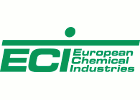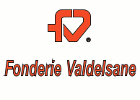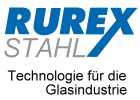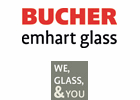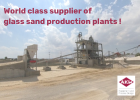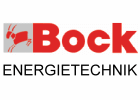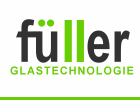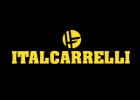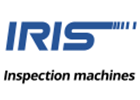INFO
Dies sind die Basisdaten für das ausgewählte Unternehmen. Diese Firma stellt weitere Informationen wie z.B. Webseite, Telefon- und Fax-Nummern, Ansprechpartner, Firmengeschichte, Details bereit.
Um diese Informationen einzusehen benötigen Sie einen gültigen "Profile Access" für glassglobal.com. Die Konditionen können Sie über folgenden Link: Preis Info einsehen
login
Produkte oder Maschinen
VITRIUM uses conventional glass technology to develop a method of waste treatment that will chemically bind heavy metals into a stable compound which can be re-used and is environmentally sound.
Because of the high temperatures involved in the glass making process the carbon based compounds contained within the waste are destroyed by pyrolysis and combustion.
The process therefore fully destroys the waste materials that are treated.
The molten glass acts as a solvent so the heavy metals dissolve into the molten glass and upon cooling become part of the chemical matrix.
Output glass will be either returned to source sites as aggregate, sold as building aggregate, provided to cement manufacturers as a high strength cement base and sold as a base for other niche products such as tiles and decorative tops for furniture.
The glass end product has passed the US EP Toxicity test and the German LAGA Z0 and DEV S4 tests.
The glass end product has been tested for aggregate use and complies with Grade 1 specification.
